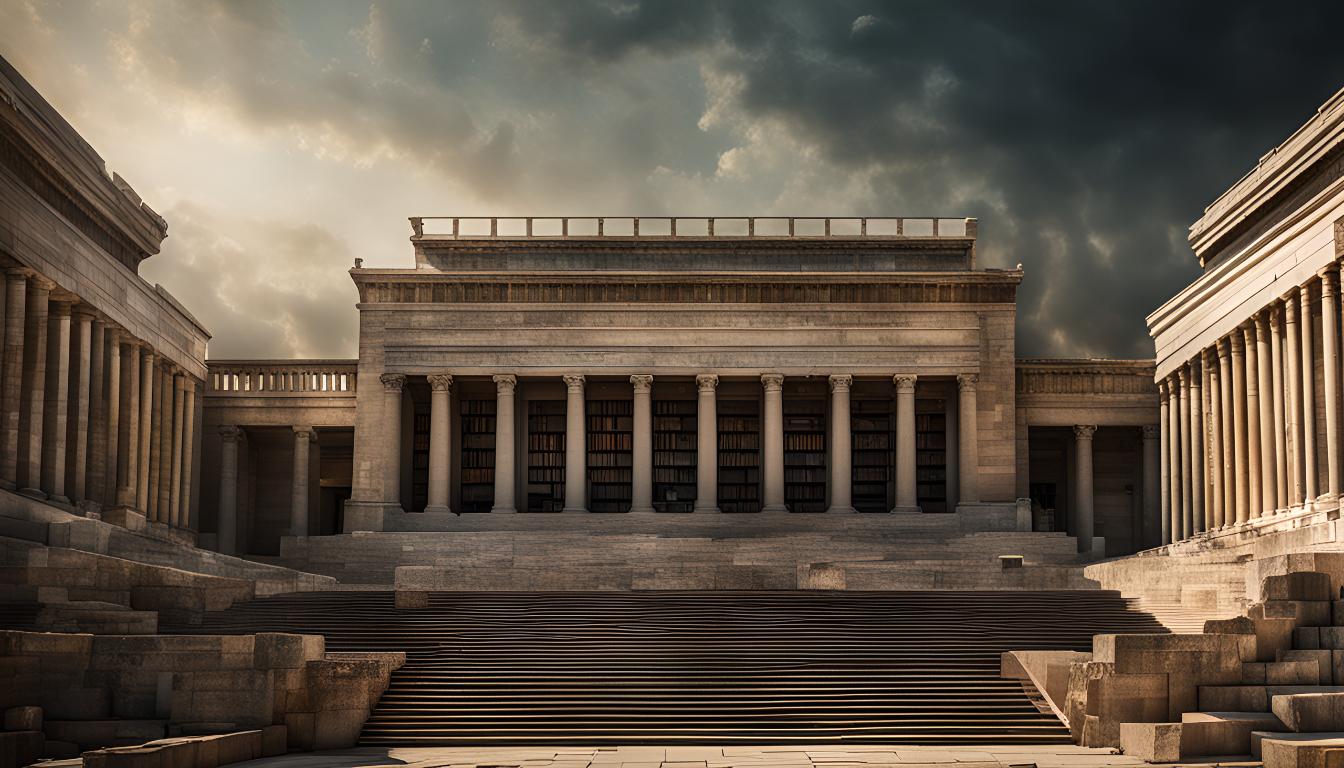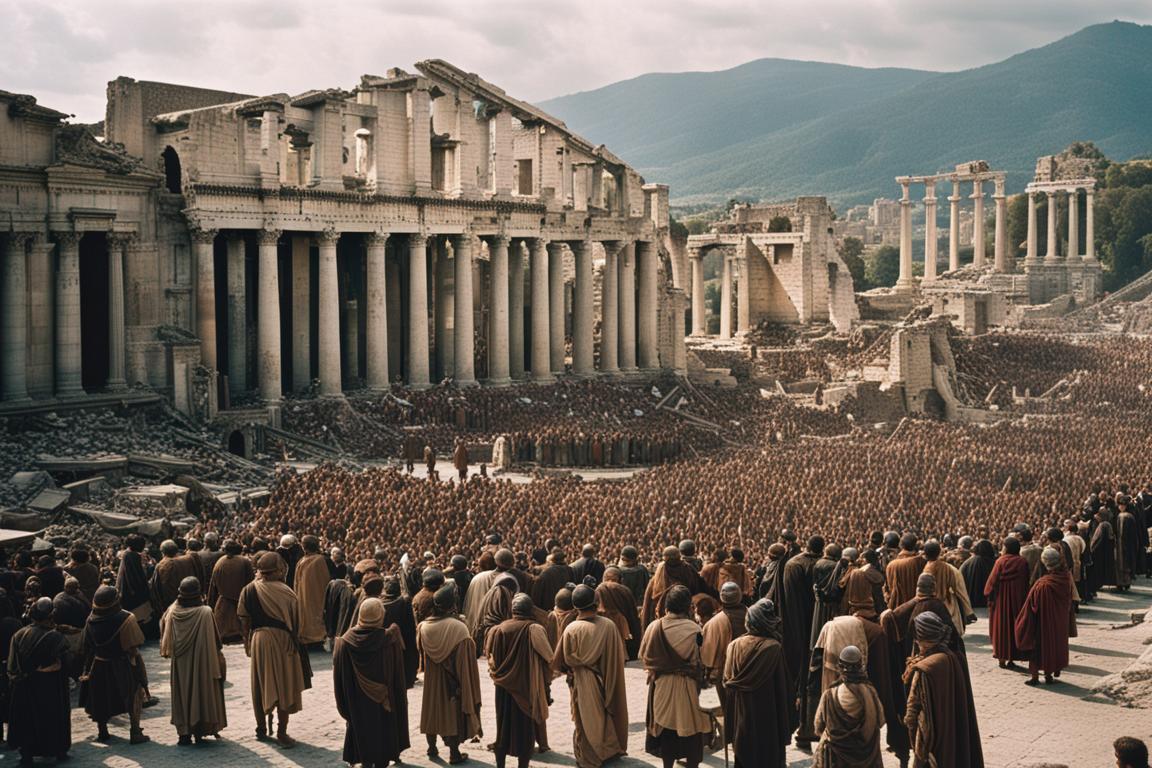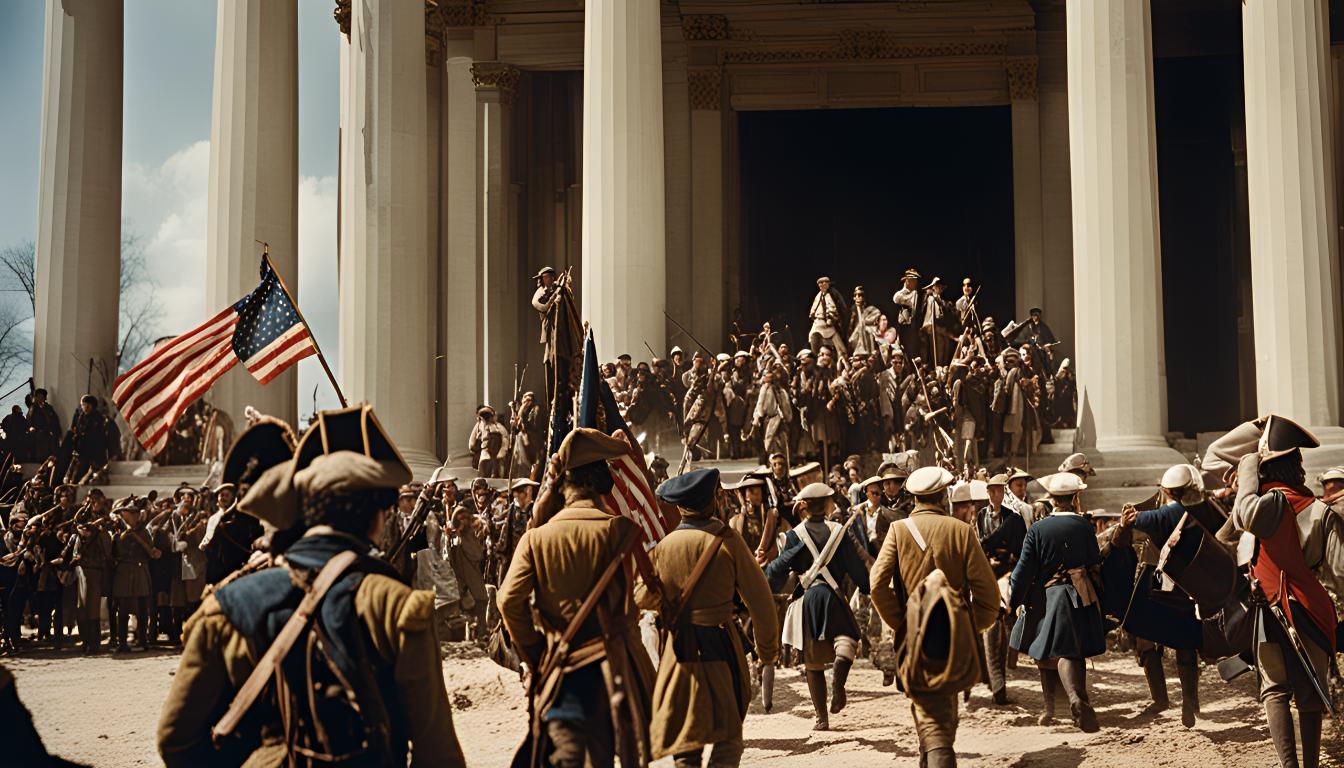
In an alternate timeline where the 1893 Chicago World’s Fair never took place, history unfolded in unexpected ways. The absence of this monumental event, which was intended to showcase the marvels of the industrial age and the dawn of modernity, set off a cascade of changes that rippled through time.
Without the World’s Fair, Chicago’s growth was stunted. The city, poised to demonstrate its resilience and innovation following the Great Fire of 1871, lost its chance to shine on the global stage. The fair was meant to highlight Chicago’s architectural prowess and technological advancements. Without it, the city remained a regional hub rather than evolving into the bustling metropolis we know today. This had a profound impact on its development, as investors and innovators turned their attention elsewhere, leaving Chicago in the shadows of cities like New York and San Francisco.

The absence of the fair also meant that many technological innovations and cultural phenomena were delayed or never materialized. The Ferris Wheel, a marvel of engineering that captivated the world, was never constructed. Without this iconic structure to inspire future architects and engineers, the development of amusement parks and the tourism industry lagged behind. The fair had also been a platform for introducing electricity to the masses, with Nikola Tesla and George Westinghouse demonstrating the wonders of alternating current. In this alternate timeline, the adoption of electricity was slower, leaving the world dimly lit for decades longer than it otherwise would have been.
Culturally, the absence of the fair meant that many artists, musicians, and writers missed out on a crucial moment of inspiration and exchange. The fair was a melting pot of cultures, where people from around the world came together to share ideas and art. Without this convergence, cultural movements like Art Nouveau and the Chicago School of Architecture were stunted. The fair had been a catalyst for the spread of new ideas, but in its absence, the world remained more insular, with cultural exchange occurring at a glacial pace.
On a broader scale, the absence of the World’s Fair had significant geopolitical consequences. The fair was a celebration of American ingenuity and progress, a statement to the world that the United States was a rising power. Without this declaration, the U.S. took longer to assert itself on the global stage. The delay in American ascendancy allowed European powers to maintain their dominance for a few more decades, altering the balance of power and delaying events like the Spanish-American War and the construction of the Panama Canal.
The fair also served as a platform for social change, with activists like Ida B. Wells using it to advocate for civil rights and social justice. In this alternate timeline, the momentum for these movements was slowed, and the struggle for equality faced even more resistance. The absence of the fair meant that voices calling for change were not amplified, delaying progress.
However, not all the changes were negative. The delay in technological advancement and urbanization allowed for a slower, more considered approach to development. Environmental concerns, which had been largely ignored in the rush of industrialization, received more attention. The slower pace of change meant that societies had more time to adapt to new technologies and ideas, leading to a more sustainable approach to progress.




